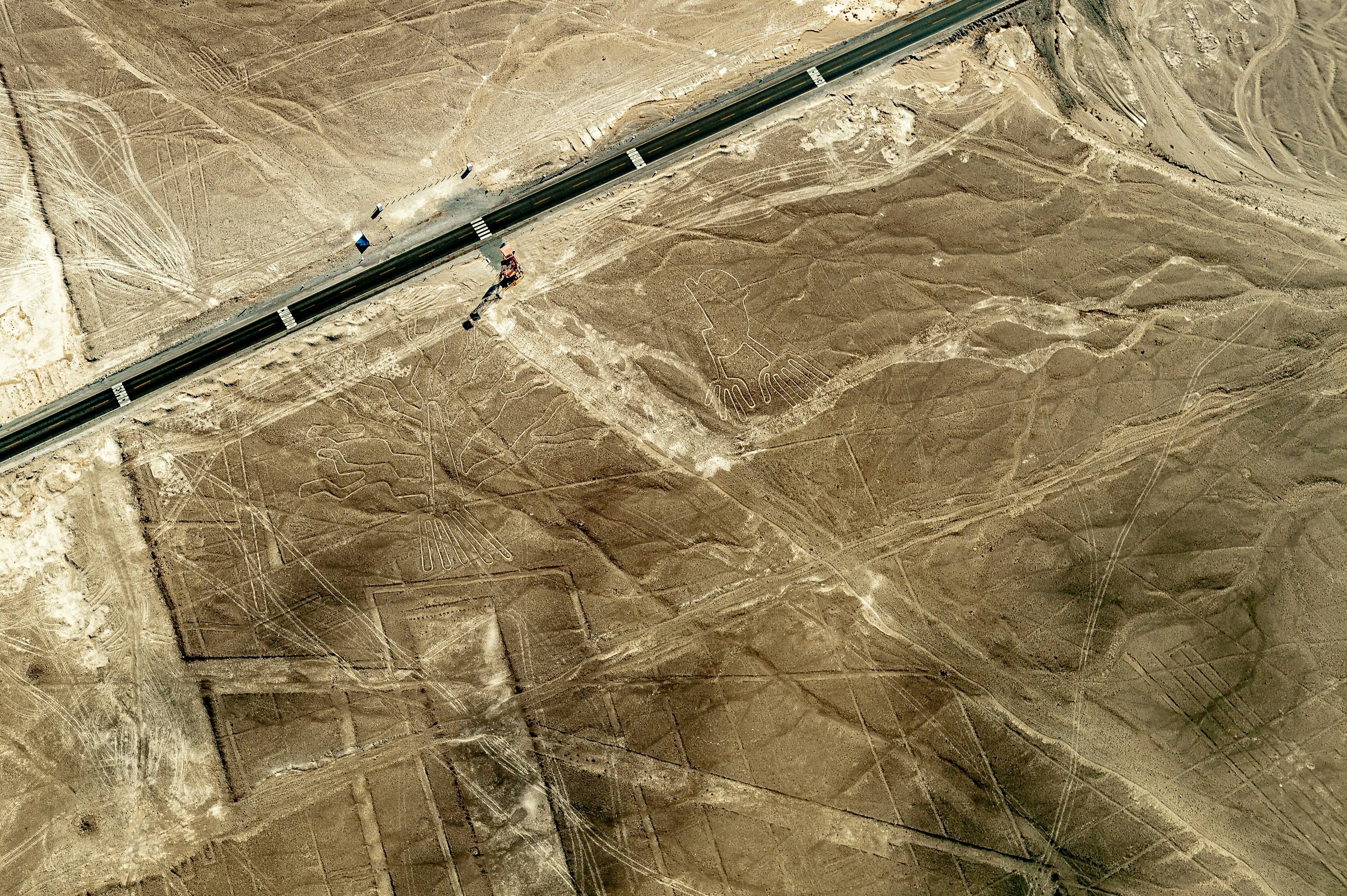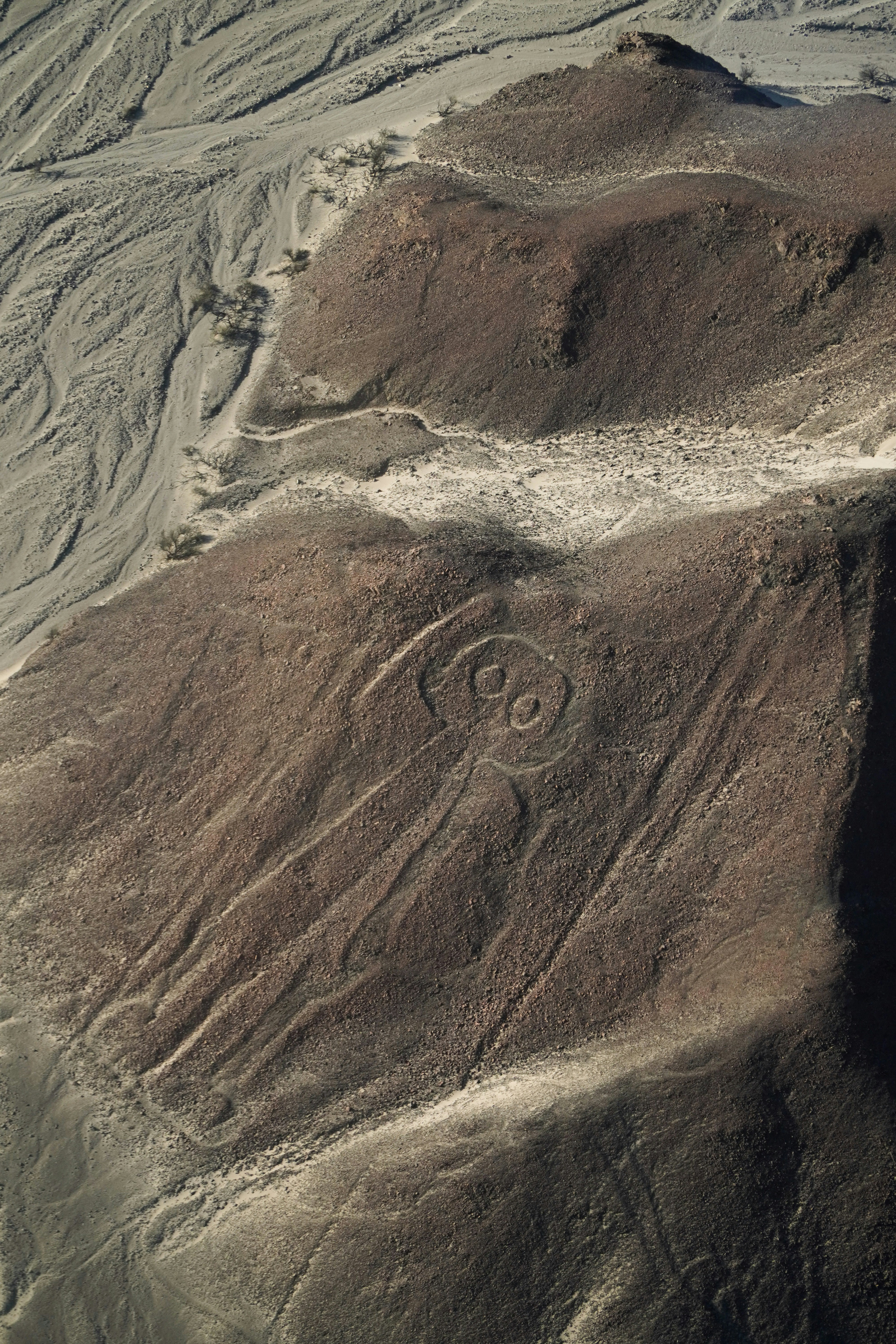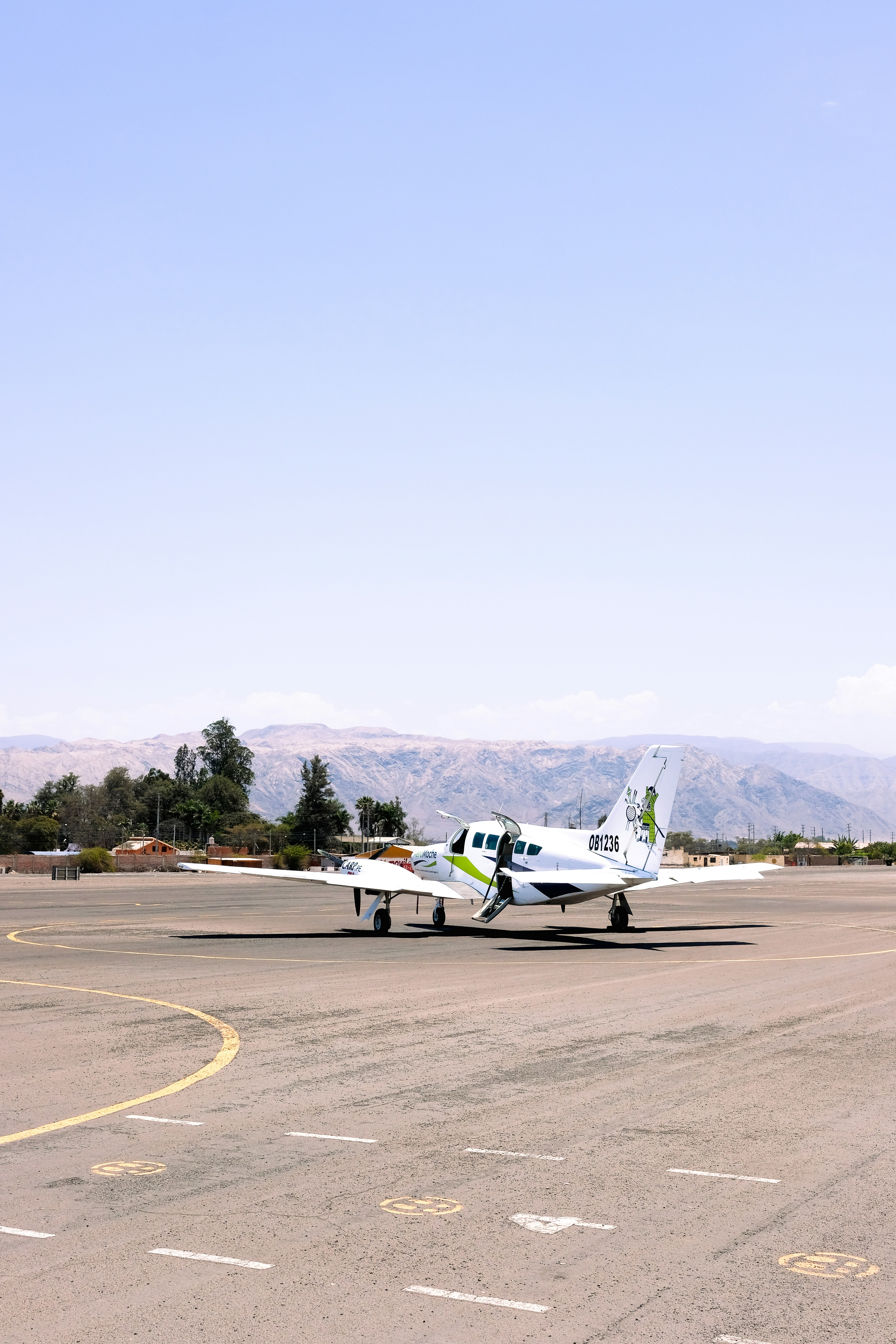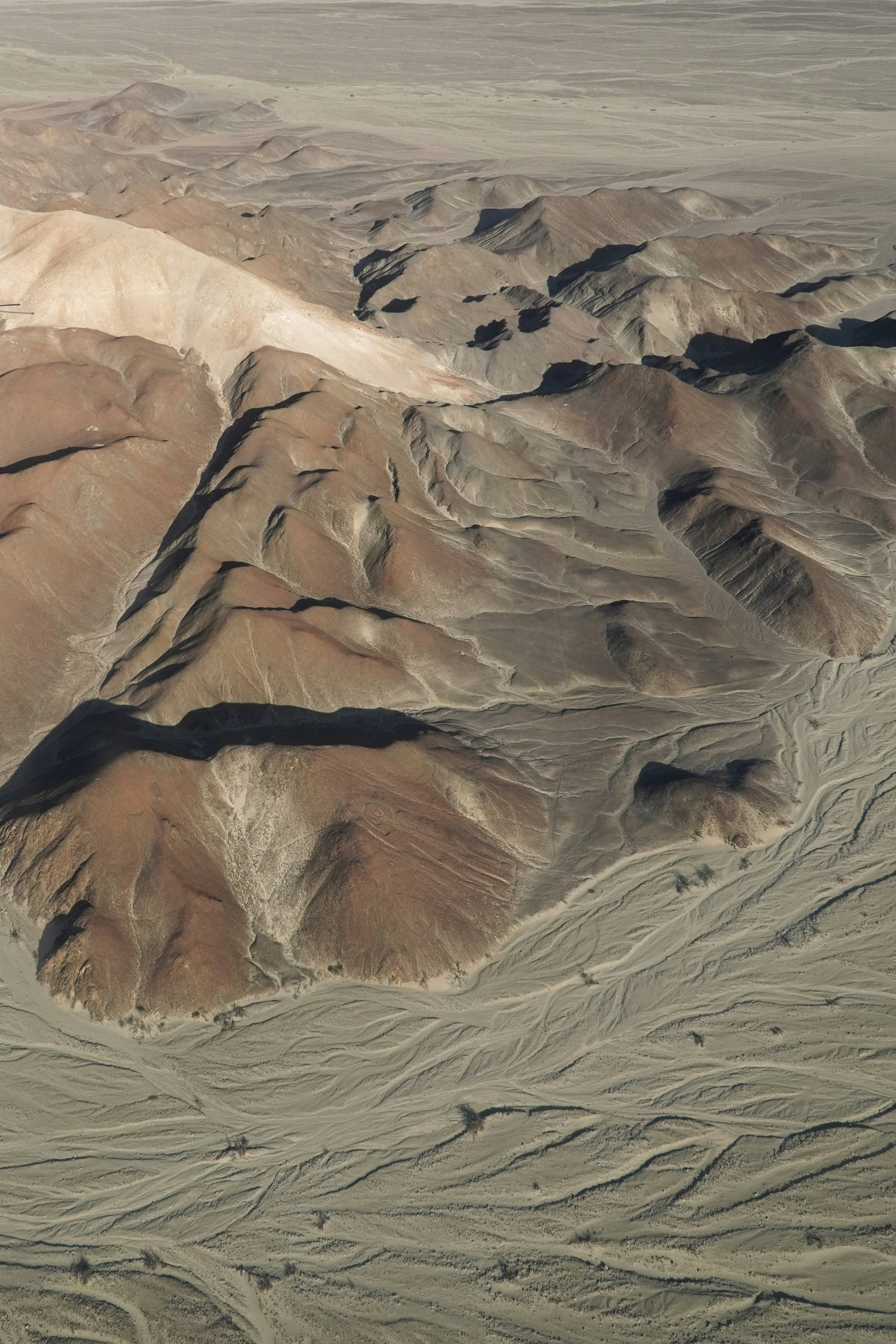
The Nazca Lines are one of Peru's most mysterious and iconic landmarks. Stretching across the arid desert plains of southern Peru, these enormous geoglyphs were created by the ancient Nazca culture between 500 BCE and 500 CE. The lines form over 300 different figures, including animals, plants, and geometric shapes, some of which are over 300 meters in length.
These massive designs, visible only from the air or nearby hills, have intrigued archaeologists, historians, and travelers for decades. Their purpose remains uncertain, with theories ranging from astronomical calendars to ceremonial pathways for ancient rituals.

The Nazca Lines are located in the Nazca Desert, about 450 kilometers (280 miles) south of Lima. Travelers can reach Nazca by bus or car from Lima, with the journey taking around 6-7 hours.
The best way to view the lines is from the air. Several small airports in Nazca and nearby Pisco offer short flights over the geoglyphs, giving passengers a bird's-eye view of the most famous designs like the Hummingbird, the Spider, and the Monkey.

During a flight tour, you'll spot some of the most well-known figures carved into the desert:
1. The Hummingbird — One of the most famous and elegant geoglyphs, with perfect symmetry.
2. The Spider — A striking design measuring over 45 meters long.
3. The Monkey — Recognizable by its curled tail and nine fingers.
4. The Astronaut — A humanoid figure waving at the sky, located on a hillside.
5. The Tree and The Hands — Best seen from a roadside viewing tower if you prefer to stay on the ground.

If flying isn't your thing, you can still appreciate the Nazca Lines from a couple of good spots on the ground.
One option is The Nazca Tower a metal observation platform along the Pan-American Highway that offers elevated views of nearby geoglyphs. It's a quick and affordable way to catch a glimpse of the famous lines without leaving the ground.
Another option is climbing one of the natural hills around the desert, which provide partial but impressive views of the ancient designs.

The ideal time to visit Nazca is between May and October, during Peru's dry season. The weather is clear and less humid, perfect for flights and sightseeing. Early morning flights are recommended as winds are calmer and visibility is at its best.
Book your flight in advance, especially in the busy travel months from June to August.
If you're prone to motion sickness, prepare accordingly — the small planes can be a little bumpy.
Don't forget to bring sunglasses, sunscreen, and plenty of water, as the desert heat can be intense.
You might also want to combine your Nazca Lines experience with a visit to nearby attractions like the Chauchilla Cemetery or the ancient Cantalloc Aqueducts to learn more about Nazca culture.
What makes the Nazca Lines so fascinating is not just their size or artistry, but the mystery that surrounds them. Despite decades of research, their exact purpose remains unsolved. Some believe they were astronomical markers, others suggest ceremonial functions or pathways for religious rituals.
Regardless of their origins, standing before these ancient designs reminds visitors of the ingenuity and creativity of Peru's ancient civilizations.
